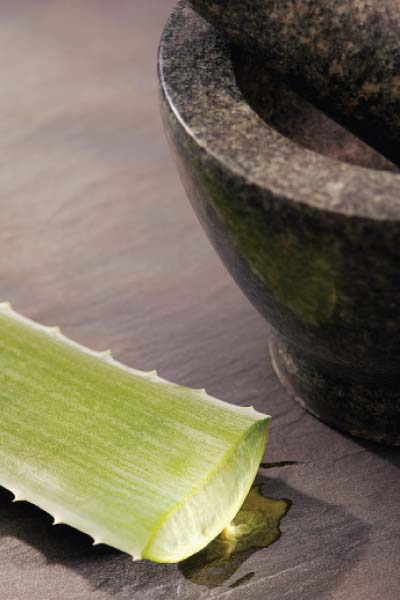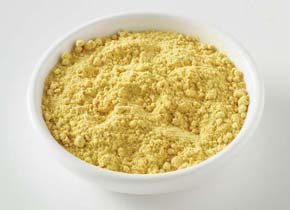I have long wanted to include some ‘practical’ instruction in my blog for the all important preparations that all herbalists and family healers use on a regular basis. This post will be devoted to a simple alcohol extract of a botanical, called a “tincture”. The extracting can actually be done with cider vinegar or glycerin, alternatively, though alcohol does work best. It is important to note that some herbs are better taken as infusions or decoctions, particularly if the vitamin content is what one is after (i.e. nettles). It is also important to note that some herbs are absolutely best taken as a *fresh* herb tincture rather than a *dried* herb tincture. This post is for making tinctures from *fresh* herbs. Some examples of herbs that should be tinctured fresh are turmeric rhizome, ginger rhizome, St. John’s wort, Milky oat tops, and skullcap. Other herbs I prefer to tincture fresh are motherwort and tulsi.
Step 1:
Organize the necessary container for tincturing. It should be big enough to hold all the herb you would like to tincture. There should not be a lot of excess room in the jar, however.
Step 2:
Put the herbs in a glass jar. I have a gallon sized glass jar here and I’m using fresh oat tops in the milky stage, shipped to me from Pacific Botanicals organic farm in Oregon.
Step 3:
After the herbs are in the jar, pour 95% (190 proof) grain alcohol over the fresh herbs. The percentage of alcohol you use is probably the most important part of tincturing aside from the quality of the herbs used. The percentage of alcohol for fresh herbs shouldn’t dip below 50% or the tincture will probably spoil. Because fresh herbs contain a lot of water already, you can assume that just by using fresh herb, you’ll be diluting the % of alcohol in the preparation. So, if you use (40%) 80 proof vodka, for instance, you may end up with a tincture that is only 20% alcohol, and that tincture would certainly spoil. Many herbalists use 100 proof (50%) vodka and have success, even with fresh herbs. I prefer to use a higher proof for fresh. Using 100 proof (50%) vodka for *dried* herbs is certainly okay, though more complicated formulas are used by professional herbalists. Keep in mind that some herbs require glycerin at about 10%, including milk thistle seed.
So, you pour the alcohol over the herbs and fill the jar to the top. Leave about 1/2 – 1 inch between the alcohol and the rim of the jar. Try to make sure all of the herbs are under the liquid.
Use a chopstick or spoon to press the herb down and stir in order to release any air bubbles that may be trapped in the jar.
Step 5:
Cap the jar. I often like to put a piece of wax paper between the rim and lid so that the lid doesn’t ‘stick’ to the jar. It’s not that this is really a problem, because you can run it under hot water, but it just makes it easier.
Step 6:
Label the jar with the herb, date, and percentage of alcohol. Store in a cool/dark place and allow to do its tincturing magic for 4 – 6 weeks. You can really leave it for longer if you don’t get to it in that time frame. I have left herbs in 180 proof alcohol for a *year* and it doesn’t go bad because of the high alcohol content. Sometimes I do up to 3 gallons at a time, so I don’t always decant everything right away!
Step 7:
When you decant, strain the herbs out and compost them after squeezing the alcohol out of them. You can wring out the herbs with a thin, clean dishcloth or cheesecloth. There are also professional herb presses that are available for just this purpose. The herbs will often become quite dessicated, actually, so sometimes it is incredibly easy to extract as much alcohol as you are going to!
Be sure to label your decanted tinctures with the Date and the Herb, as well as the alcohol used. Keep in mind that the % of alcohol is no longer 95%!!! Though it’s not easy to exactly determine, it’s probably closer to 50%, depending on the herb used.
Resources:
Gladstar, Rosemary, Herbal Healing for Women, 1993.
Weed, Susun, Healing Wise, 1989.
Tierra, Michael, The Way of Herbs 1998
Hoffman, David, Medical Herbalism, 2003.
Tilgner, Sharol, Herbal Medicine, 1999.
Good luck with your first tincture. Feel free to comment below if you have questions!
My tinctures can be found on my Etsy site.
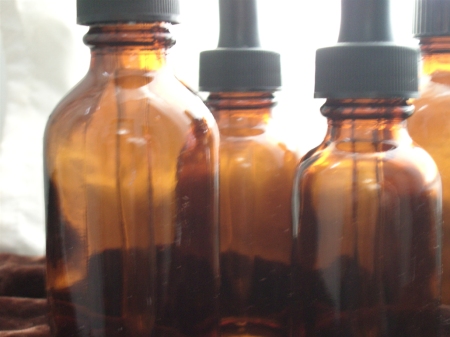
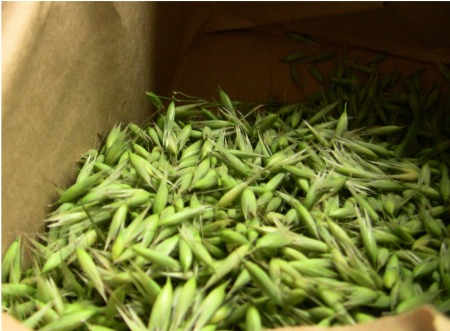
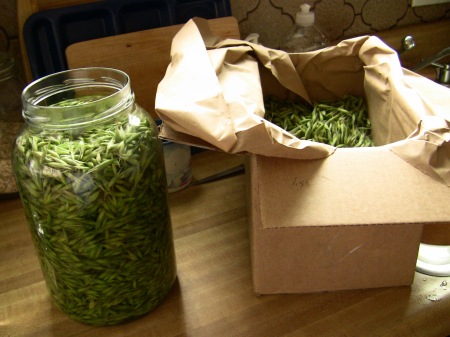
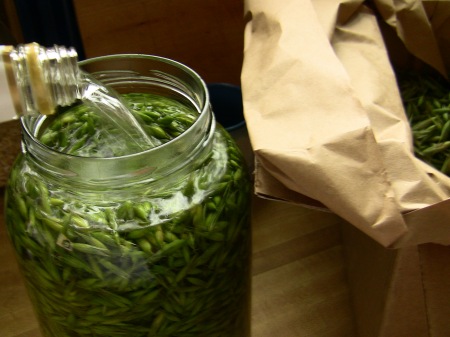
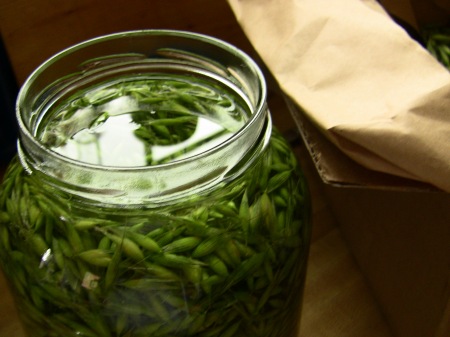



 Posted by lilithsapothecary
Posted by lilithsapothecary 








